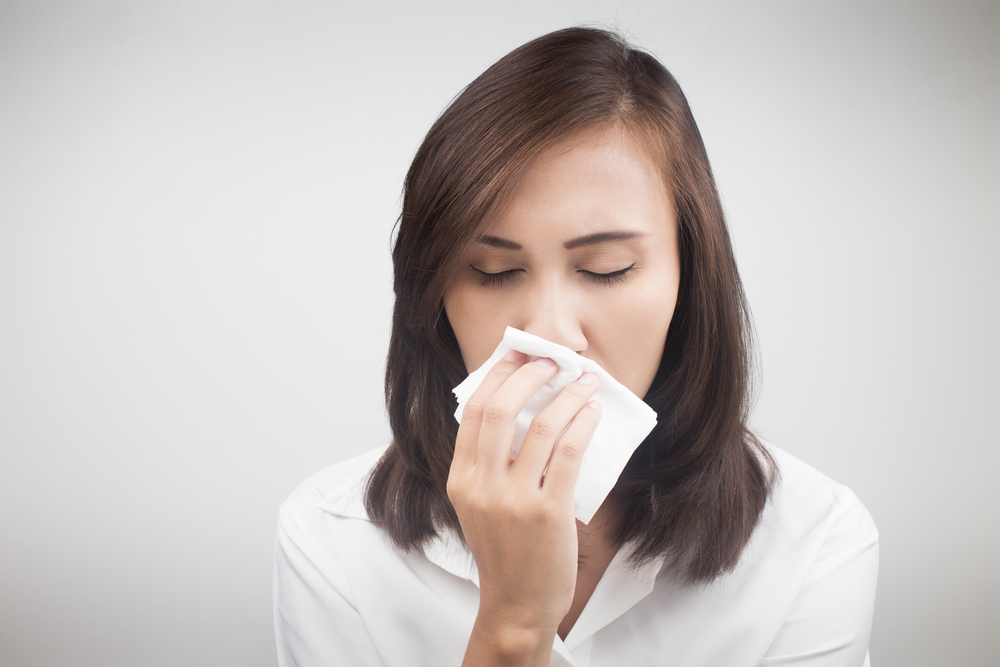Rhinorrhea or commonly known as a runny nose, is a condition where the nasal cavity is filled with a significant amount of mucus fluid.
It occurs relatively frequently and may caused by:
- Cold temperature- Cold-induced rhinorrhea occurs due to a combination of thermodynamics and the body’s natural reactions to cold weather stimuli. During cold, dry seasons, mucous membranes must work harder producing more mucus to keep the cavity lined.
- Infection- Rhinorrhea can be a symptom of other diseases, such as the common cold or influenza. The nasal mucous membranes produce excess mucus, filling the nasal cavities to prevent infection from spreading to the lungs and respiratory tract.
- Allergies- When individuals with allergies to certain substances (such as pollen, dust, latex, soy, shellfish, or animal dander) are exposed to these allergens, it triggers mucus production.
- Lacrimation- Rhinorrhea can be a side effect of crying.
- Head trauma- If caused by a head injury, rhinorrhea can be a much more serious condition. A basilar skull fracture can result in a rupture of the barrier between the sinonasal cavity and the anterior cranial fossae or the middle cranial fossae. This rupture can cause the nasal cavity to fill with cerebrospinal fluid.
Other causes may include:
- Cystic Fibrosis
- Whooping Cough
- Nasal Tumors
- Hormonal Changes, and
- Cluster Headaches


